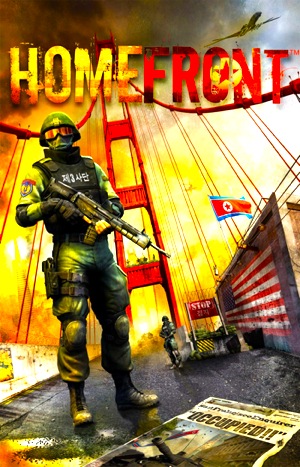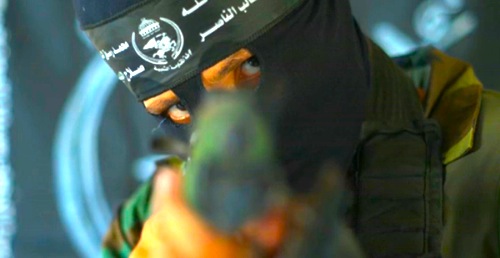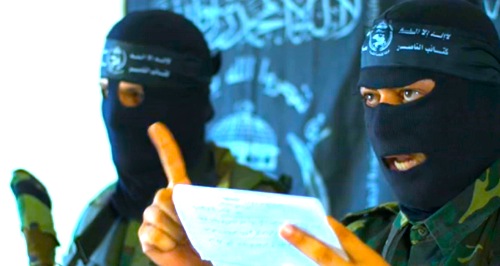By Jason Apuzzo. Yesterday, after my post on the new film Tomorrow When the War Began (which appears to be a kind of Australian Red Dawn), a reader named Psudo reminded me that this new film is coming out at roughly the same time as the new videogame Homefront – which is actually written by Red Dawn writer/director John Milius, and is quite obviously inspired by the subject matter of his original film. Check out the two trailers for the game, above and below. My understanding is that Homefront will be coming out in February.

Homefront is actually set about 15 years from now. The idea is that North Korea has become a mini-expansionist empire, invigorated by a young new leader, and that this empire grows to consume both South Korea and Japan. Meanwhile, the United States’ economic and military profiles continue to weaken. The North Koreans then launch some kind of advanced electronic pulse weapon that takes out our defense systems. Enter North Korean invaders.
Whether one finds this scenario especially plausible, by the way, isn’t really the issue here. What’s fascinating is how prevalent this type of scenario is becoming in current projects.
We’ve been documenting these invasion scenarios here at Libertas all summer, as regular readers know. These scenarios are truly starting to appear everywhere – most prominently in science fiction films. Suffice to say that Homefront is looking not only a lot like the forthcoming MGM remake of Red Dawn, but also this new Australian film Tomorrow When the War Began, plus the forthcoming web series Red Storm, and about a hundred different sci-fi invasion stories coming down the pike. Plus, this summer we’ve seen the return of films depicting the Cold War Soviet spy threat in Salt and Farewell, and vivid depictions of communist tyranny in indie films like Mao’s Last Dancer, Disco & Atomic War, and The Red Chapel (which deals specifically with North Korea).
How big of a trend is this? It’s a very big one that’s impacting us in many different ways. Two recent films greenlit with $200 million budgets – Universal’s Battleship and the Warner Brothers Battle of Midway – both seem to partake in the trend, for example. [Midway was the World War II battle that permanently scuttled any Japanese hopes of invading America; Battleship is a World War II-style naval battle, set in the future, pitting a combined Earth navy against an invading alien force.]
We’ll keep an eye on all this here at Libertas, to be sure. I personally think these films reflect deep domestic anxieties about the direction the country’s going in … and I don’t think these anxieties are waning. They’re only growing in intensity.
One final word: I spent a pleasant evening several years ago with John Milius; we smoked cigars and talked about the White Rajah of Sarawak … and, ironically, about Mao. I want to wish him the best with this new project.
Posted on September 1st, 2010 at 4:37pm.

